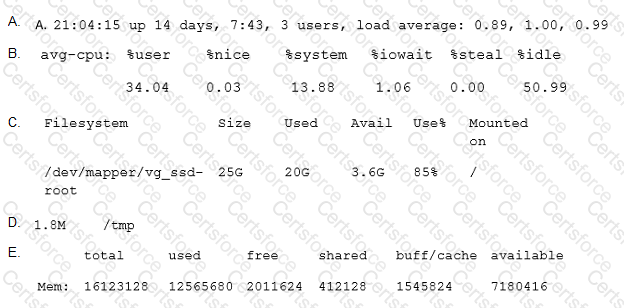A Linux distribution is a collection of software that is based on the Linux kernel and can be installed on a computer or a device to create a functional operating system. A Linux distribution typically includes the Linux kernel, a set of system utilities and libraries, a graphical user interface (GUI), a package manager, and various applications and services. A Linux distribution may also include additional software or features that are specific to the distribution’s goals, target audience, or philosophy. For example, some Linux distributions are designed for desktop users, while others are optimized for servers, embedded systems, or security. Some Linux distributions are based on other Linux distributions, while others are developed independently. Some Linux distributions are free and open source, while others are proprietary or commercial. Some Linux distributions are popular and widely used, while others are niche or experimental. Some examples of Linux distributions are Ubuntu, Fedora, Debian, Mint, Arch, and Red Hat. References:
Linux Essentials Topic 101: System Architecture, section 101.1: Determine and configure hardware settings.
Linux Essentials Topic 102: Linux Installation and Package Management, section 102.1: Design hard disk layout.
Linux Essentials Topic 103: GNU and Unix Commands, section 103.1: Work on the command line.
Linux Essentials Topic 104: The Linux Operating System, section 104.1: Boot the system.
Linux Essentials Topic 105: The Power of the Command Line, section 105.1: Use text streams and filters.
Linux Essentials Topic 106: Security and File Permissions, section 106.3: Modify file and directory permissions.
What is a Linux distribution? - Linux.com
Linux distribution - Wikipedia
Best Linux Distributions For Everyone in 2023 - It’s FOSS
